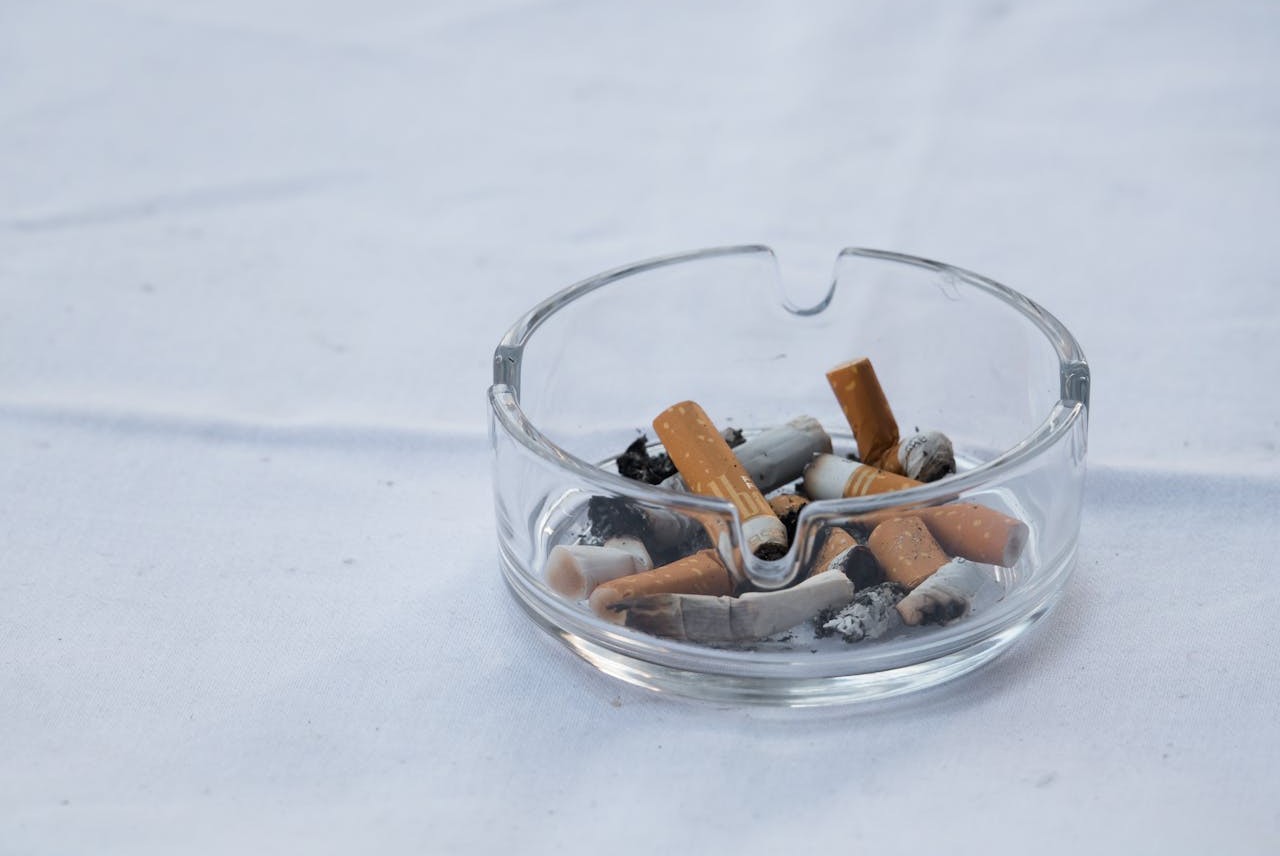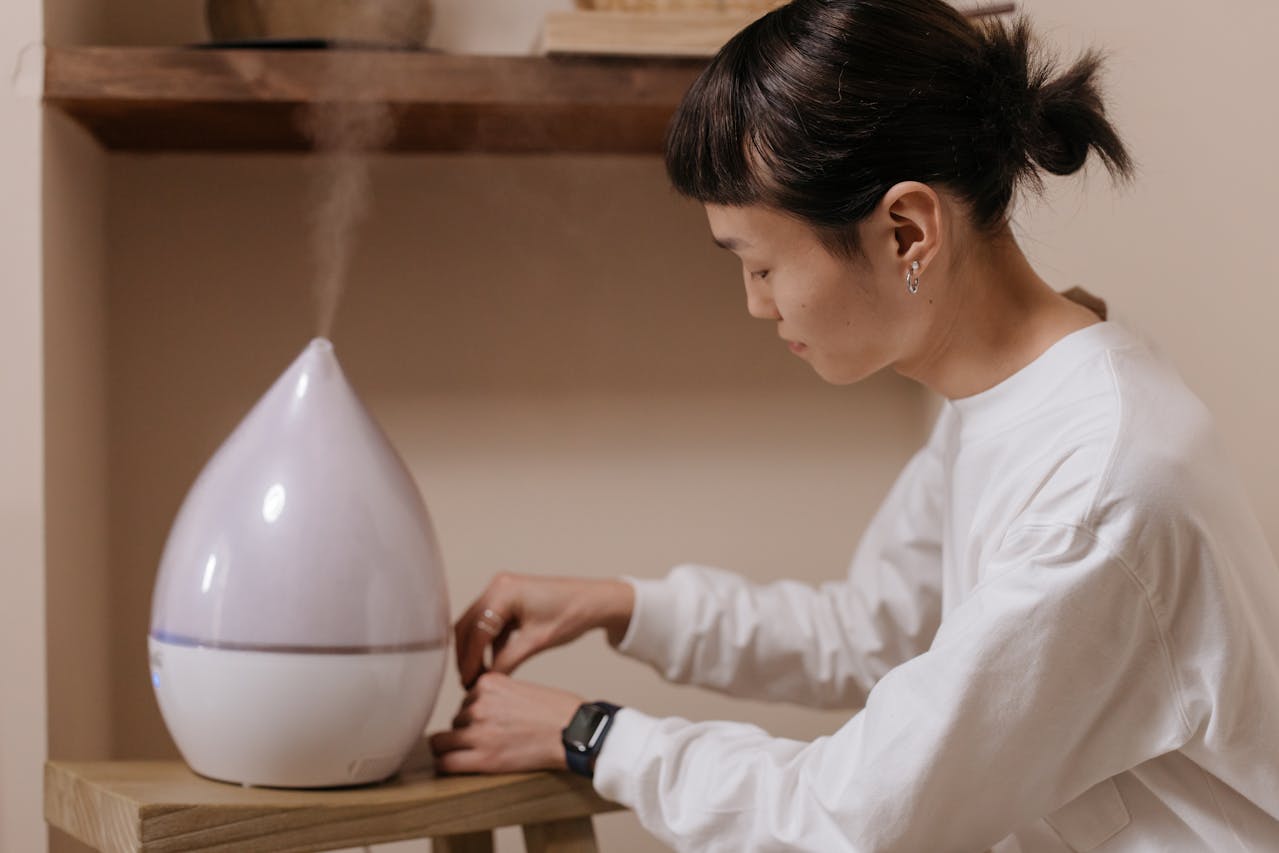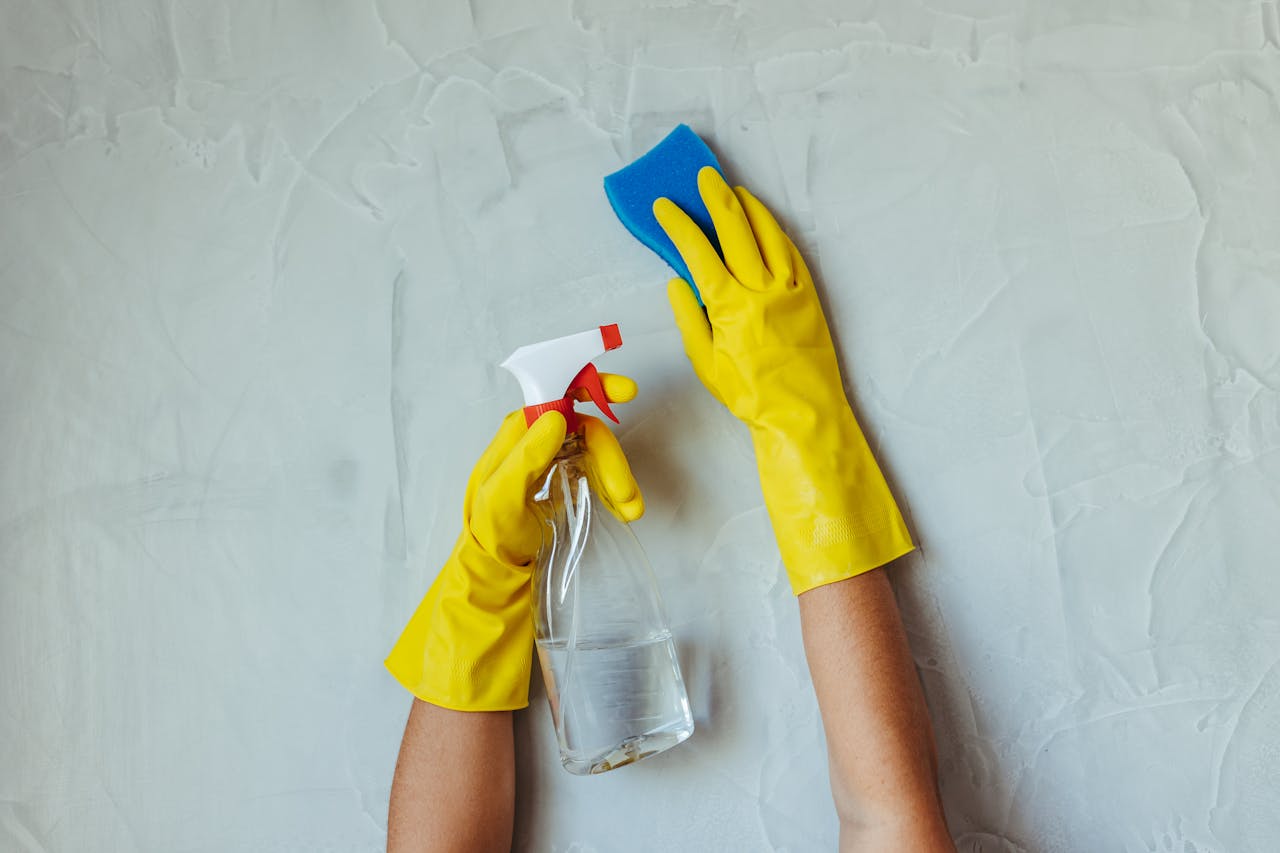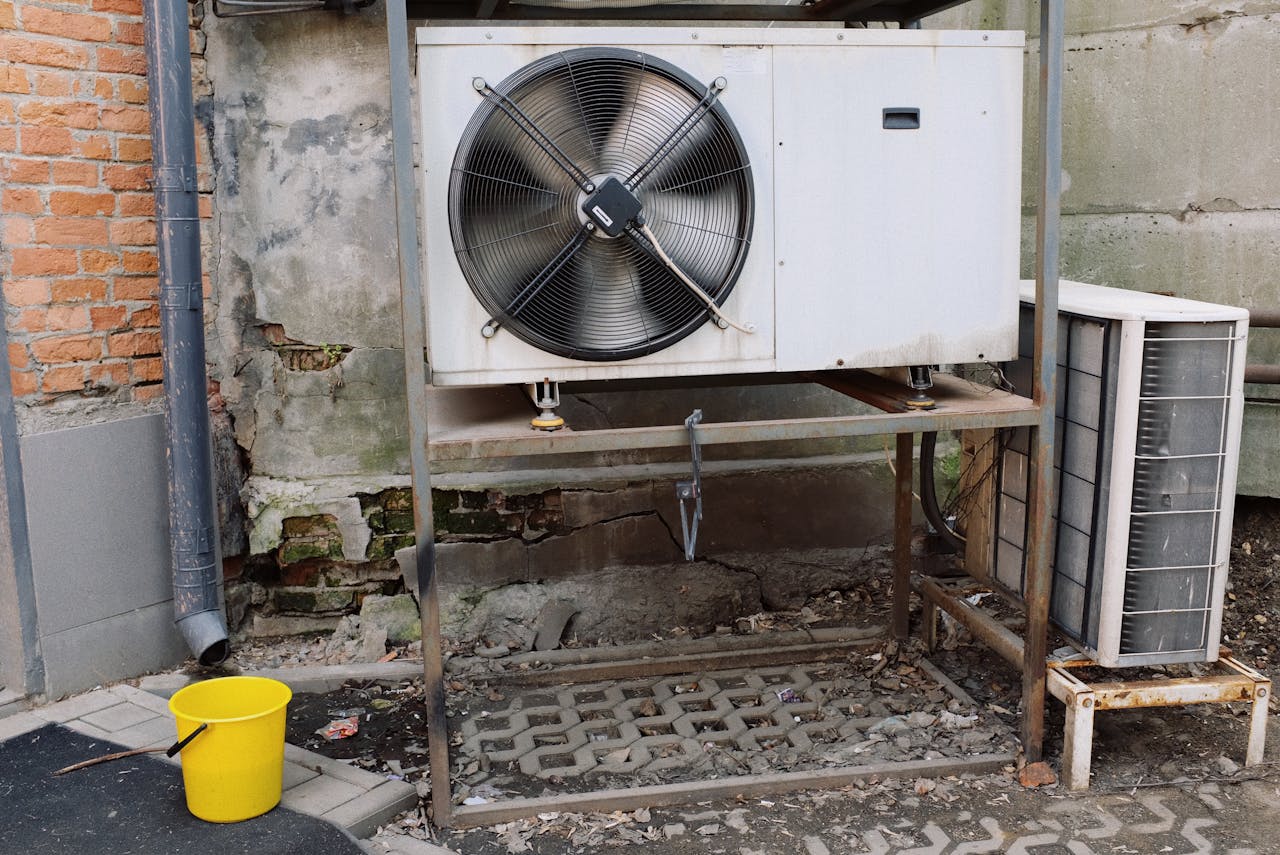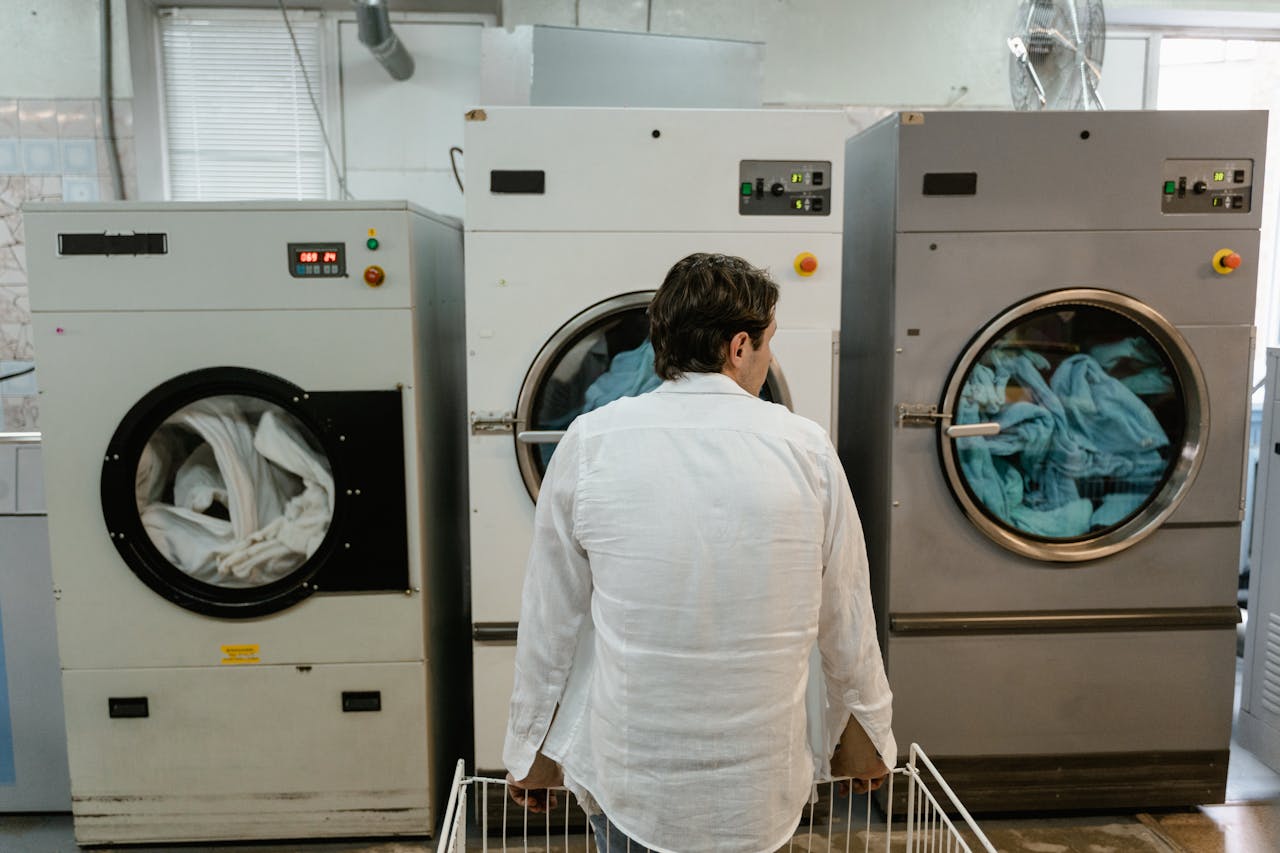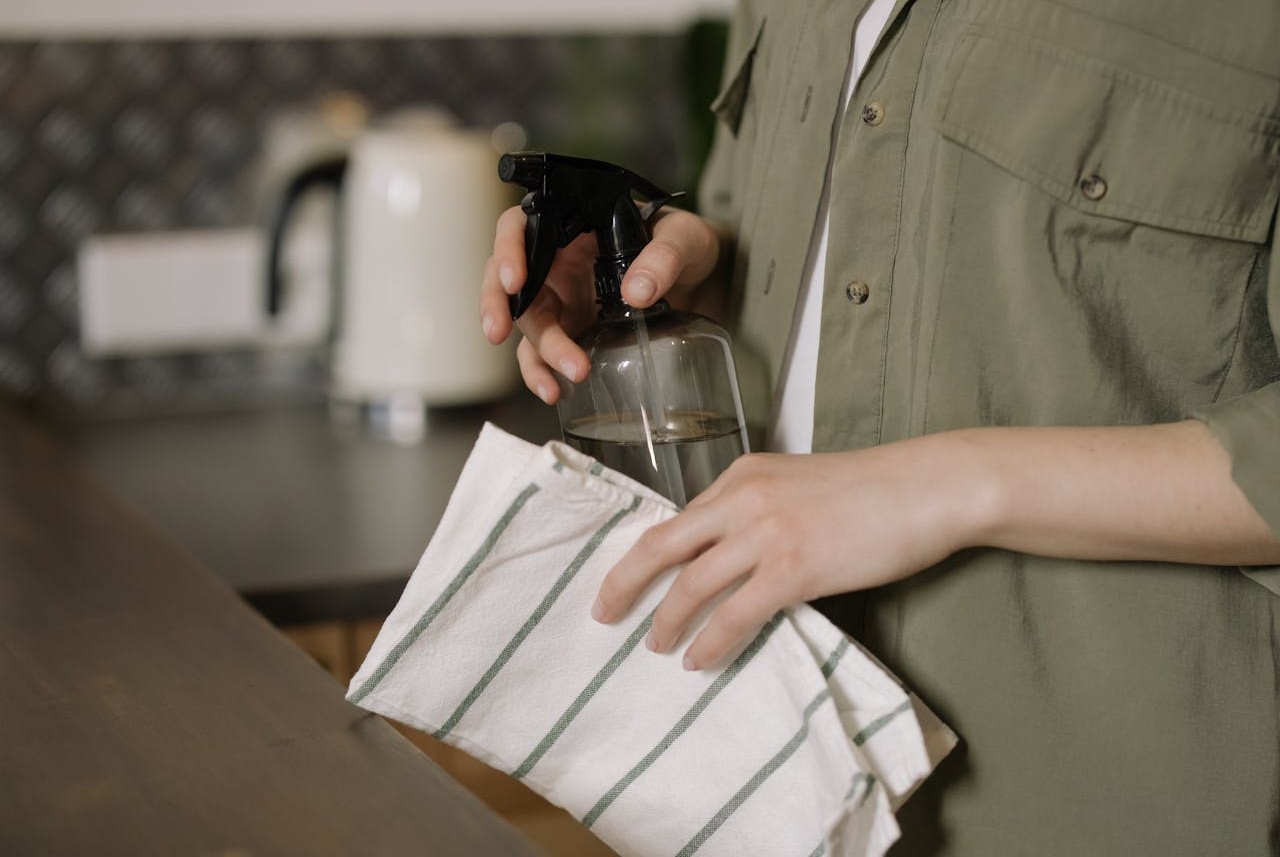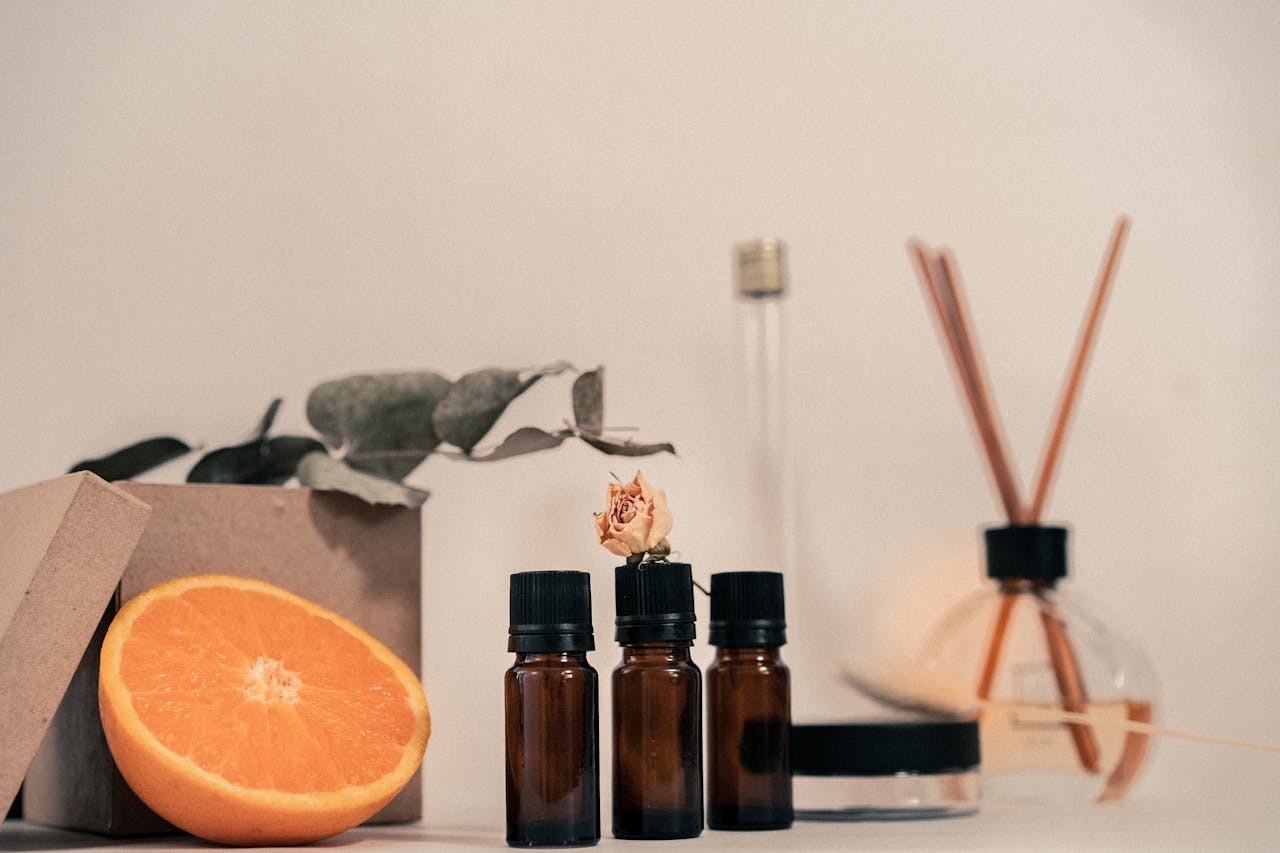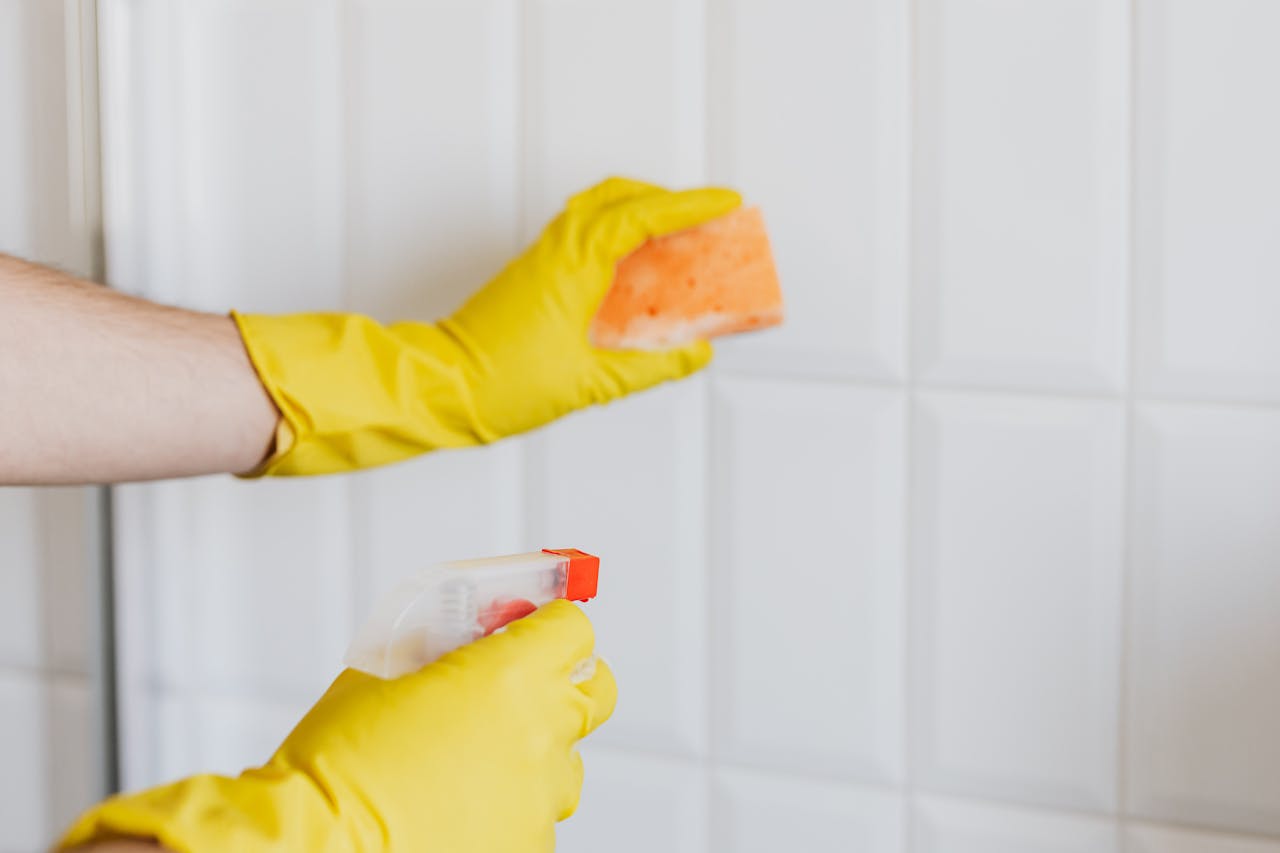Rehabbing a smoker’s house is no small task, but it’s an investment in restoring comfort, cleanliness, and health. Smoke leaves behind a complex web of odors, stains, and residue that can seep into every surface, fabric, and even the air. Whether you’re reclaiming a beloved home or preparing a property for sale, this guide will walk you through the most effective strategies for eliminating smoke damage. With a bit of effort and these seven steps, you can completely transform the space into a fresh, smoke-free haven.
Step 1: Refresh the Air in Every Room
Improving the air quality is one of the most crucial steps in rehabbing a smoker’s house. Smoke particles can linger in the air long after the smoking stops, making it essential to invest in a high-quality air purifier with a HEPA filter. These devices effectively trap smoke particles, allergens, and other pollutants, significantly improving indoor air quality. Opening windows regularly during the cleaning process will help bring in fresh air, pushing stale, smoke-filled air out. For particularly stubborn smoke odors, an ozone generator is a powerful tool. These machines neutralize odors at a molecular level, but you must vacate the house while it’s running, as ozone can be harmful to breathe in high concentrations. Consider running the generator multiple times in heavily affected areas for maximum effectiveness.
Step 2: Scrub Walls and Ceilings
Walls and ceilings are notorious for soaking up smoke and nicotine residue, leaving behind unsightly yellow stains and a lingering odor. Start by preparing a cleaning solution using warm water, white vinegar, and a small amount of dish soap. This combination is gentle yet effective at cutting through the sticky residue left by smoke. Use a sponge or cloth to scrub the surfaces thoroughly, paying special attention to areas near vents or where smoking was most frequent.
If the stains are particularly tough, trisodium phosphate (TSP) cleaner is a more aggressive option that can break down stubborn residues. Once the walls and ceilings are clean, repainting is often necessary to fully eliminate odors. Use a primer specifically designed to block stains and odors, as this will prevent the smoke smell from bleeding through the fresh paint. Choosing a light, neutral color for the new paint can also make the home feel brighter and more inviting.
Step 3: Revive or Replace Carpets and Flooring
Carpets are among the biggest challenges when it comes to removing smoke odors. Even with deep cleaning, smoke particles can cling to the fibers and padding underneath. Begin by hiring a professional carpet cleaning service to steam clean the carpets. This process uses high-pressure hot water to lift dirt, grime, and odors trapped deep within the fibers.
If the smoke odor persists, replacing the carpet and its padding may be the only option. For hard flooring, such as tile, wood, or laminate, a thorough cleaning with a strong degreaser or specialized floor cleaner is often enough to remove smoke residue. In some cases, refinishing hardwood floors or re-grouting tile may be necessary to completely eliminate the effects of smoke damage.
Step 4: Clean and Upgrade the HVAC System
The HVAC system plays a significant role in the overall air quality of a home. If the system has been exposed to cigarette smoke, it can circulate smoke particles and odors throughout the house. Start by replacing all air filters, as these are likely saturated with smoke residue. Next, schedule a professional duct cleaning to remove any buildup from the vents and ducts.
In severe cases, components like the evaporator coils or blower motor may need replacement, as these parts can harbor stubborn smoke smells. For an added layer of protection, consider installing a UV light air purifier within the HVAC system. These devices use ultraviolet light to kill bacteria and neutralize odors, ensuring cleaner air is circulated throughout the home.
Step 5: Wash All Soft Materials
Soft materials, such as curtains, furniture, and rugs, can trap smoke particles and odors, making it essential to clean them thoroughly. Begin by removing all washable items, such as curtains, cushion covers, and removable upholstery, and laundering them with a cup of white vinegar added to the detergent. Vinegar is excellent at breaking down odor molecules, leaving fabrics smelling fresh.
For non-washable items, professional steam cleaning is often the best option. Steam penetrates deep into fabrics to remove smoke particles and odors without causing damage. If certain items, like an old couch or area rug, still retain the smoke smell despite cleaning, replacing them may be the most practical solution. Remember to vacuum and clean underneath furniture as well, as smoke particles can settle in these overlooked areas.
Step 6: Tackle Hard Surfaces with Care
Smoke residue doesn’t just cling to fabrics—it also settles on hard surfaces throughout the house. Kitchen cabinets, countertops, doors, and even light fixtures can develop a sticky film over time. Use a mixture of white vinegar and warm water or a commercial degreaser to clean these surfaces thoroughly. A microfiber cloth or sponge will help lift residue without scratching delicate surfaces.
Don’t forget about hidden areas like the insides of drawers, shelves, or behind appliances. These spots often collect smoke residue and can contribute to lingering odors. Once all hard surfaces are cleaned, sealing porous materials like wood with a clear finish or varnish can help lock in any remaining particles and odors, preventing them from resurfacing later.
Step 7: Add Fresh Finishing Touches
With the heavy cleaning complete, it’s time to add the finishing touches that will make the house feel fresh and inviting. Start by placing odor-absorbing materials, such as bowls of baking soda or activated charcoal, in key areas. These natural deodorizers work to trap any remaining odors over time. Essential oil diffusers can also help fill the space with pleasant, fresh scents like citrus, lavender, or eucalyptus.
Houseplants are another excellent addition to a smoker’s house. Plants like peace lilies, spider plants, and Boston ferns are not only beautiful but also help improve air quality by filtering out toxins and odors. Finally, arrange clean, light decor that reflects the transformation of the space. Fresh linens, new throw pillows, and a clean, uncluttered layout can make the house feel brand new.
Final Thoughts
Rehabbing a smoker’s house may seem like an intimidating task, but with the right approach and attention to detail, it’s entirely doable. Each step—from refreshing the air to replacing affected materials—brings you closer to eliminating smoke damage and restoring the home to a clean, welcoming state. By following these seven steps, you’ll not only remove the visible signs of smoking but also create a healthier, more enjoyable living environment.

